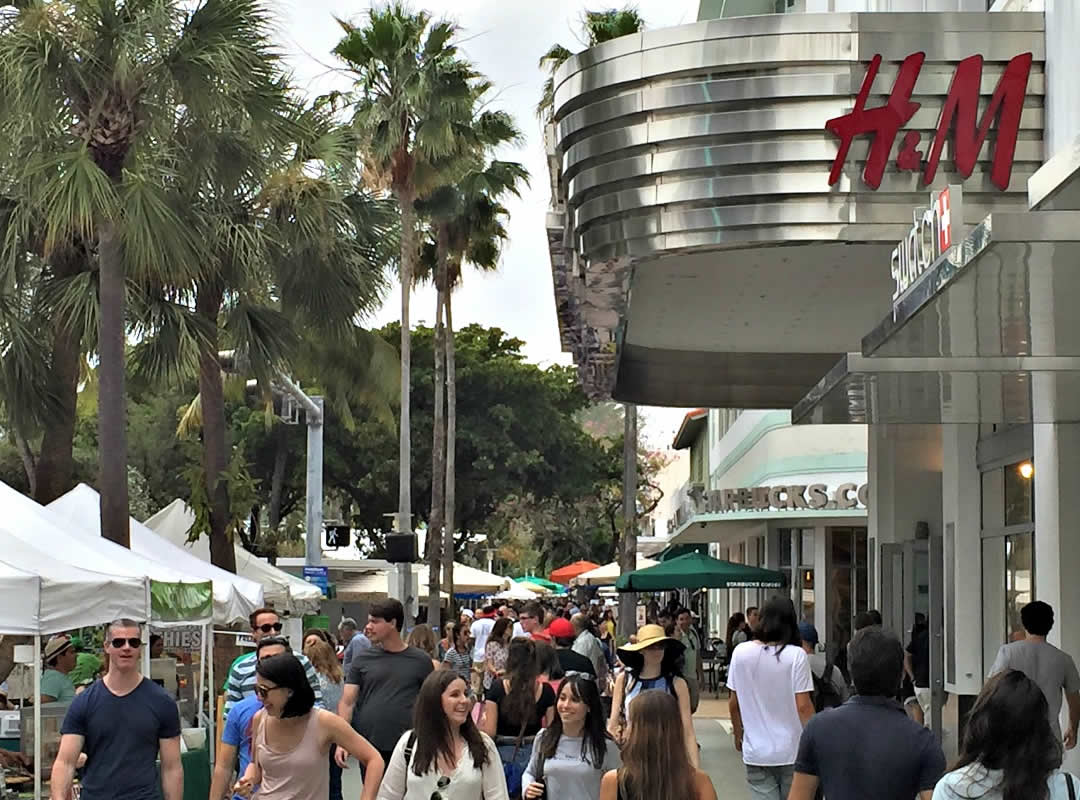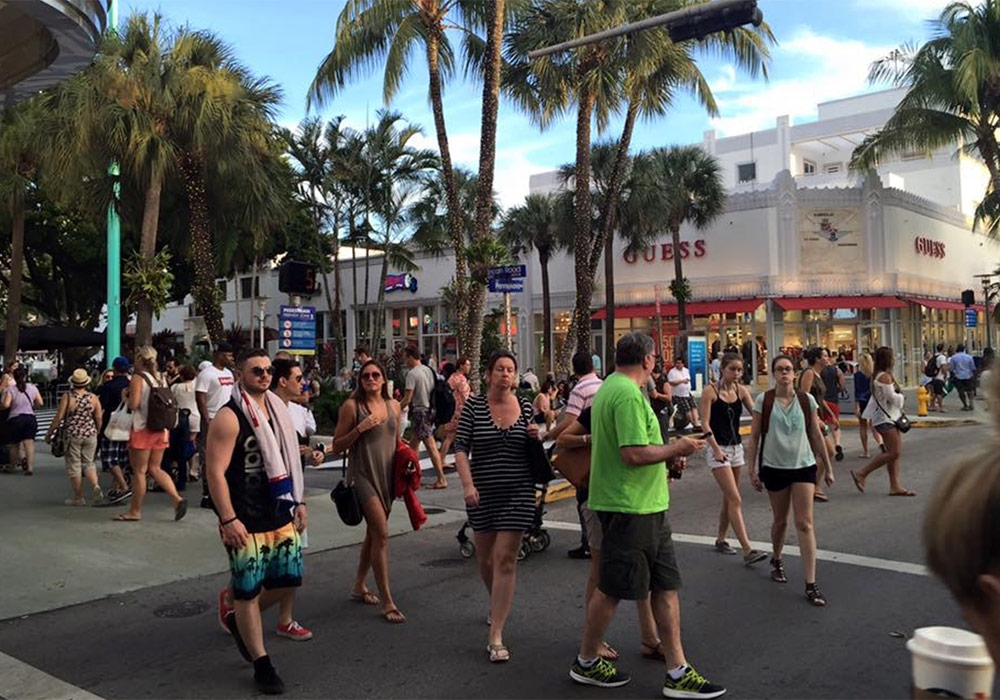Created out of a mangrove forest in 1912, 47 years after the Civil War, developer Carl Fisher chose to name Lincoln Road after the assassinated savior of the Union. It was an act of creative disruption in that very ‘southern’ south Florida where one year later, in 1913, the City of Miami dedicated its memorial to the Confederacy. Fisher created not only Lincoln Road, but also the “Brick Yard” (home to the Indianapolis 500); the first east/west and north/south transcontinental highways Lincoln Highway and the Dixie Highway, respectively; he created the Sunset islands and, by many accounts, named Miami Beach. His vision was to make Lincoln Road “the Fifth Avenue of the South,” which he achieved. By the 1940s Bonwit Teller, Burdines, Saks Fifth Avenue, Cadillac and Lincoln all had outposts lining Lincoln Road.
In the late 1950s, Lincoln Road required a refresh. The City of Miami Beach chose Morris Lapidus to recharge the city’s center. He created what is recognized as the second open air mall in the United States.
While famed Bauhaus architect, Mies Van de Rohe observed, “Less is more,” Morris claimed, “Too much is never enough.” His whimsical Mid-Century Modern approach to the district lives up to that dictum. It has thrived in sub-Tropical south Florida. The Lapidus follies — fountains, plantings and architectural flourishes– celebrate our region, and make the foreign familiar. Lincoln Road is included in the National Register of Historic Places; the singularity of its architectural vernacular makes it unique the world over.
In the 1980s Lincoln Road experienced another rebirth. In the early 80s, there were more cattle egret (a bird normally associated with rural areas) on Lincoln Road than pigeons. As in many other cities, the vacant store fronts provided tremendous opportunities for artists, and in 1984 Art Center South Florida opened and began to again attract the public to Lincoln Road. By the late 1990s Lincoln Road had regained its stature as one of the premier streets in the United States.




